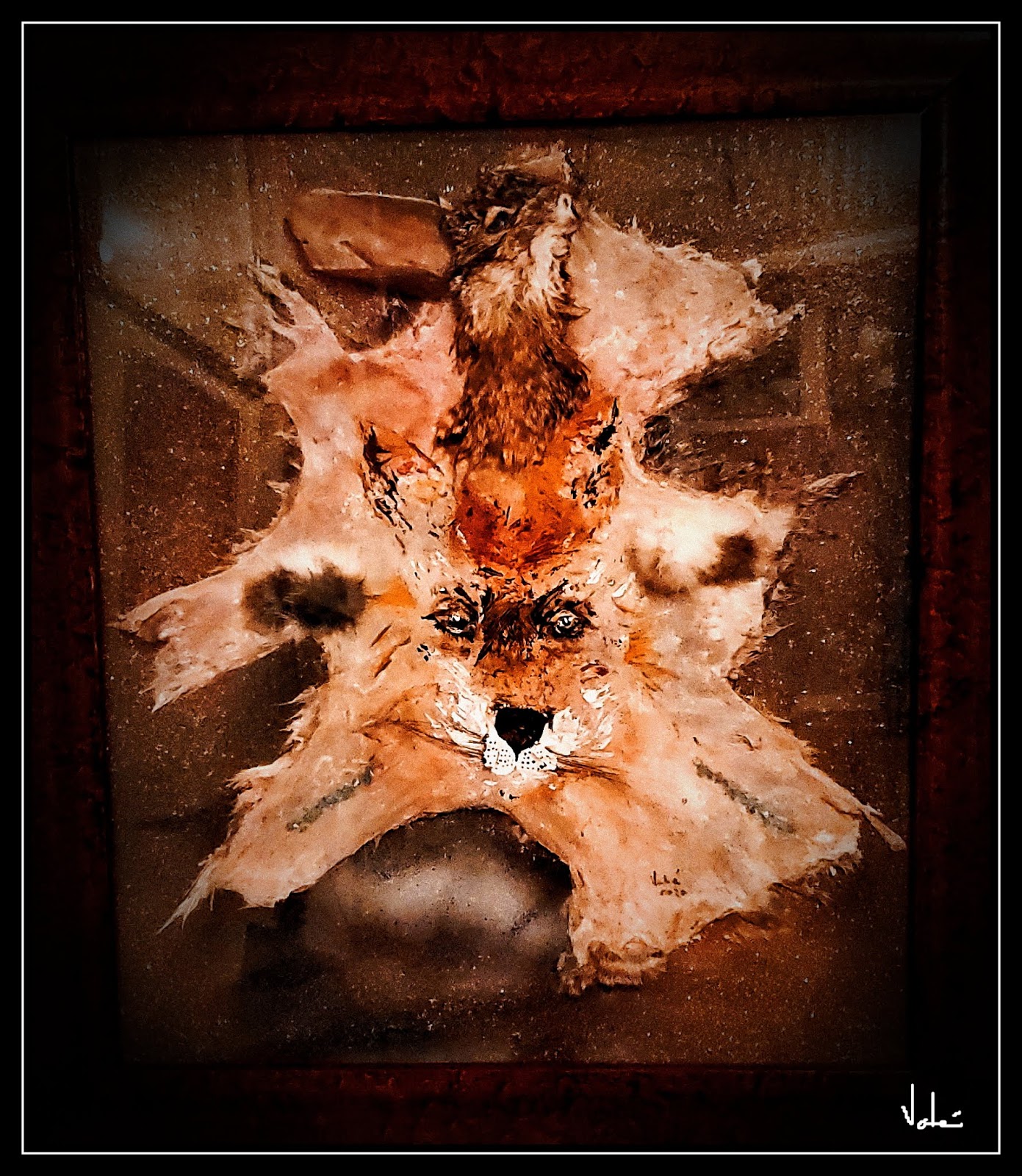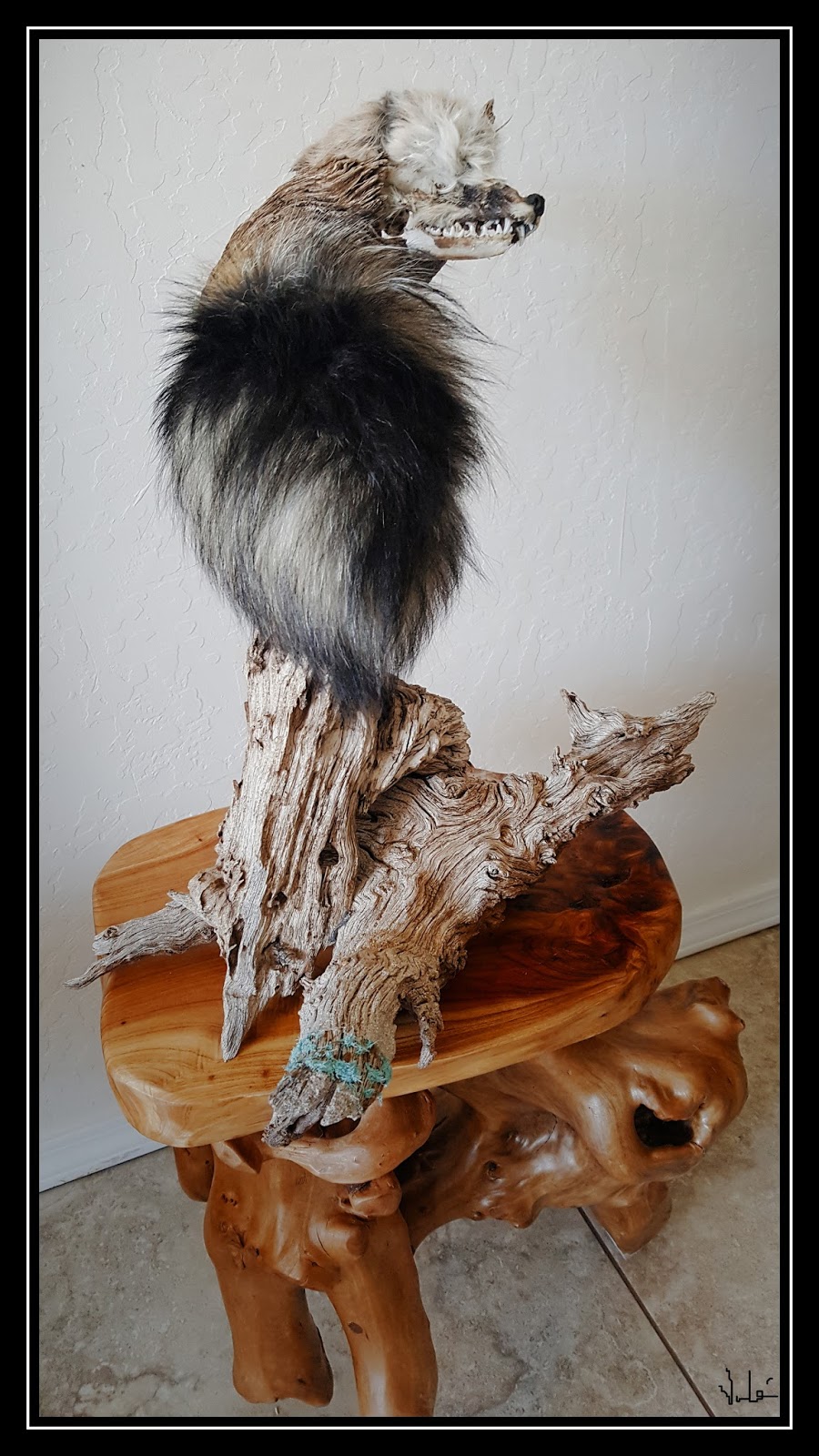Inpired by the Poems of Blanca Varela and Alejandra Praznik: the Eyes of a Femme Fatale
I have always
enjoyed portraiture photography. Not necessarily when meticulously posed, and
often not representative of the personality behind the face, but the capturing of
that relaxed moment between shots. In film photography, that means hoping to
get one good portrait out of twelve frames on a medium format roll.
Over time, I realised that what makes the portraits
I like are the eyes of the person. Not their shape or colour (that is irrelevant
since I only shoot B&W film) but how they express the persona. There are
pragmatic eyes and looks; there are playful and inviting eyes; and there are
eyes that look but cannot see why one has to be grateful. And, in a funny way,
when I show my chosen photo to the subject, they often do not recognise
themselves in that look. So, they opt for another, more posed shot, and I keep
the one I like!
In the past decade when I moved to the Southwest and
learned about Native American painting style on animal skin, the portraits I
paint are sometimes of fictitious people, Paracelsus’ sylphids of sort. But they all have eyes I once met, and looks
that tell a story. And with age, I have come to interpret these looks
differently, by appreciating more the stories they once told.
Past weekend I was reading poems by two Latin and
South American female poets Blanca Varela of Peru and Alejandra Praznik of
Argentina. I did write down my post-lecture impressions on my literary blog1,2
These celebrated poets’ lives were a struggle to
find themselves, and their co-existence with life itself. They were lonesome
beings with wounded souls. As such, their poetry is about the tragedy of their
passage through the years, which were short for Praznik.
Yet, when I ended my readings, I somehow imagined
they should have had eyes that at moments were teasing and playful. And I wondered
if I had a chance to capture these moments on film, how would they have told the
stories behind their poems.
So, I let my pen down and picked my painter’s knife
to imagine these eyes on rabbit skin!
As in all painting on “natural canvas”, it is the
topography of the hide that guides the theme and the angles of painting. In
this case the rabbit skin had perfect 3-D spots for the eyes. It was perfect
because the bumpiness of the surface gave recessed areas (the valleys under the
hills) to place the pupils and obtain that playful look I was hoping to get. I
also chose the approximate placement of turquoise stones and earrings made of
butterfly wings. I penciled a curved line to promote a tilted head in the
direction of the looks.
Here are these initial steps:
I did not want to frame a face, nose or mouth. The
words and poems of these authors did not come from their mouth or voice, but
from their outlook to their passage through the years. As such, I wanted more
symbolism then concrete lines and shapes to surround these eyes. So, here are
the symbols I tried to depict through the materials I used:
The
butterfly wings: the butterfly wings,, broken and
damaged these wings are the damage caused by that painful passage the two poets
wrote about. The wings are colourful, but their flight was dark and injurious;
Turquoise
stones: their blue and green colours in mythology
symbolize the union of heaven and earth;
The
beads: they are the steps in the passage through time. I
used dark but also shiny beads (depending on how light shines on them) to
represent dispersed joy amid pain and despair along that curved line that
guides the look. And, a few brighter colour tear-shaped beads to show how the
sorrow of these poets remains cherished today through their words.
Quail
feathers en guise of a head piece: these represent the flight
and fall of their words, as if broken wings midair.
Here is the final work, unframed:
And here are the lines from Blanca Varela from a
poem entitled “Material Exercises”
which served as muse and guide for this painting:
to turn inside into outside without using
the
knife
to fly over time memory above
and return to the starting point
to the unbreathable paradise
to the ardent frozen immobility
of the head buried in sand
over an only and flustered fringe
1. https://vahezen.blogspot.com/2024/11/el-dolor-es-una-maravillosa-cerradura.html
2. https://vahezen.blogspot.com/2024/11/la-de-los-ojos-abiertos-revisiting.html
November 19, 2024
© Vahé A. Kazandjian, 2024





Comments
Post a Comment